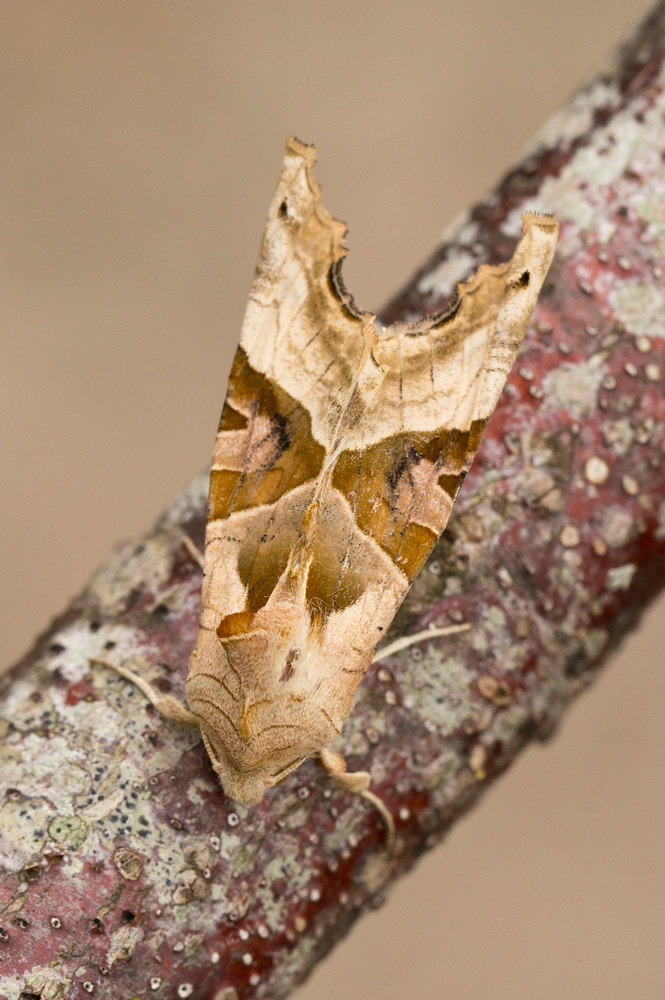After the Spring Equinox
 The March equinox on the 20th of the month marked the point at which the sun crossed the earth’s equator, moving from south to north. This is the official beginning of spring in the northern hemisphere and of autumn in the southern hemisphere. Birds and insects respond to the change in daylight and migrate north, following the path of the sun. This is a time when the leaf buds on the trees become much more noticeable and start to unfurl so that the bare branches turn green again.Meanwhile, in the Southern Hemisphere the reverse is happening with the days growing shorter and cooler. The white starry flowers of the wood anemones will be visible this month. Wood anemones are very slow growing – it’s said to take 100 years for them to spread 6 feet, which is why carpets of them under the trees are such a good indicator of ancient woodland.
The March equinox on the 20th of the month marked the point at which the sun crossed the earth’s equator, moving from south to north. This is the official beginning of spring in the northern hemisphere and of autumn in the southern hemisphere. Birds and insects respond to the change in daylight and migrate north, following the path of the sun. This is a time when the leaf buds on the trees become much more noticeable and start to unfurl so that the bare branches turn green again.Meanwhile, in the Southern Hemisphere the reverse is happening with the days growing shorter and cooler. The white starry flowers of the wood anemones will be visible this month. Wood anemones are very slow growing – it’s said to take 100 years for them to spread 6 feet, which is why carpets of them under the trees are such a good indicator of ancient woodland.
Spring is also weasel breeding season although you’re unlikely to see the baby weasels (known as kits) above ground until May or June. The adult female feeds them for the first month but they are weaned at 4 weeks and able to hunt at eight weeks old. You have to be quick to see them – look out for them on the edges of woodland and in the long grass of fields.
The lake, as well as being home to our swans, ducks and geese, also provides a habitat for frogs, toads and newts. April is a good time for amphibians. It’s breeding season for toads and newts whilst frogspawn will have emerged a few weeks earlier. Meanwhile our moths and butterflies are returning too. The stunning orange tip butterfly is one of the first to emerge, as is the beautiful pink and brown angle shades moth, which can easily be mistaken for an old, shrivelled leaf!